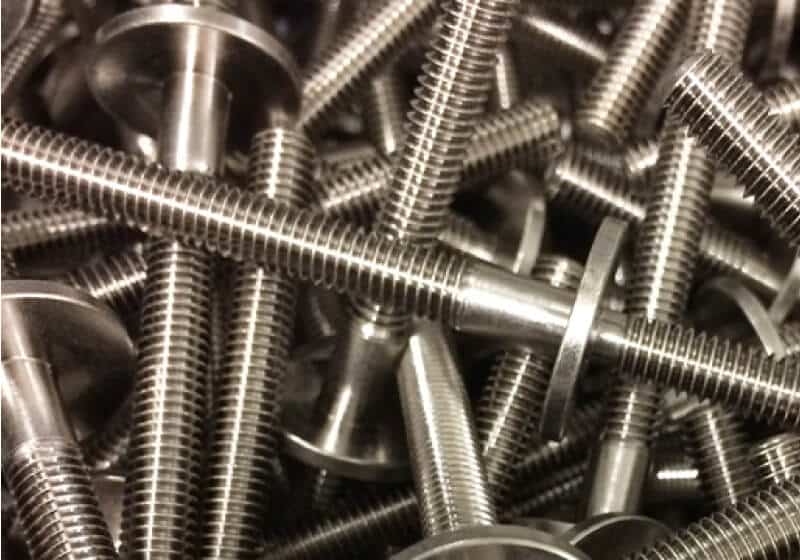Aluminium is one of the world’s most popular metals. It has its uses in practically every industry sector. It’s an extremely versatile metal, being both flexible and lightweight. It also has good corrosion resistance, is a good conductor of both electricity and heat, and shows good ductility. From an environmental point of view, aluminium is one of the easiest and most widely recycled metals in the country.
Why plate aluminium?

You may be wondering why anybody would want to plate aluminium if it has so much going for it in the first place. For a start, much of the aluminium used in industry is technically an alloy, made by combining pure aluminium with the likes of copper, magnesium, chrome, and silicon. This means that it may have exchanged some of its useful characteristic for ones belonging to the other alloy material. To continue benefiting from its original properties, we often need to plate the aluminium substrate.
Also, aluminium oxidises quickly on exposure to oxygen in the air, making it unsuitable for certain roles in its natural state. The airtight seal that plating aluminium can provide helps to negate this potential problem.
What metals can you plate aluminium with?

Aluminium is a good substrate for most plating procedures. These are some of the more common metal finishes we are asked to apply:

Plating your aluminium with silver helps to improve its already impressive surface conductivity and corrosion resistance. It also provides excellent lubricity and good solderability, as well as anti-galling properties when employed in high-temperature environments. These properties make silver-plated aluminium a popular choice in the energy industry, particularly in the power transmission and distribution sectors.

Tin plated aluminium also benefits from improved surface conductivity and corrosion resistance, making it another good choice for the power industry. While the improvement isn’t as noticeable as with silver plating, tin is the much more cost-effective of the two materials. This makes it a popular plating choice for mass-produced components.

Nickel is best applied to aluminium using the electroless nickel plating (ENP) process. This forms a tight chemical bond between the two metals, eliminating the risk of oxidation. In addition, nickel plating improves both wear and corrosion resistance for the substrate, as well as providing greater lubricity and hardness.

Like silver, gold is a noble metal that, under most conditions, does not form an oxide when used as a plating material. This makes it an excellent choice for plating aluminium parts intended for use in the electrical or electronic sectors. Not only will the slightest oxidation damage such applications, gold is also an excellent conductor of electricity in its own right, resulting in more effective parts. Combining the lightness of aluminium with gold’s non-reactive nature also aids in the construction of critical medical components.








